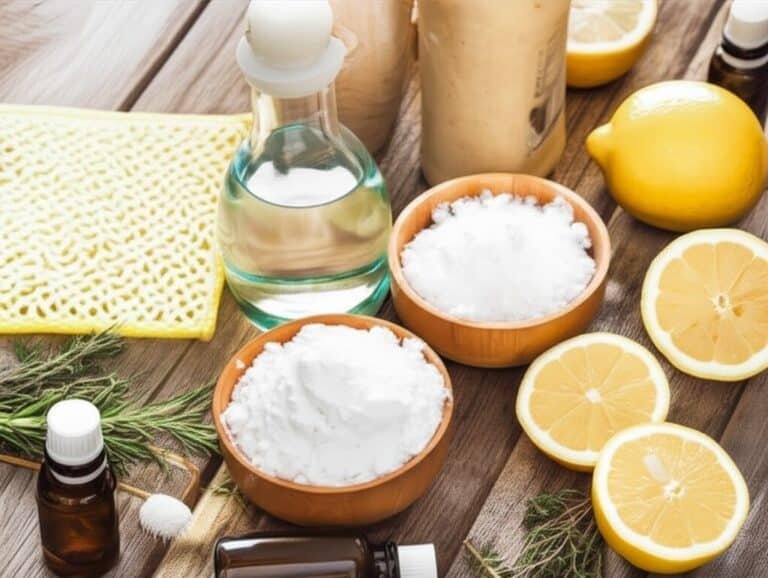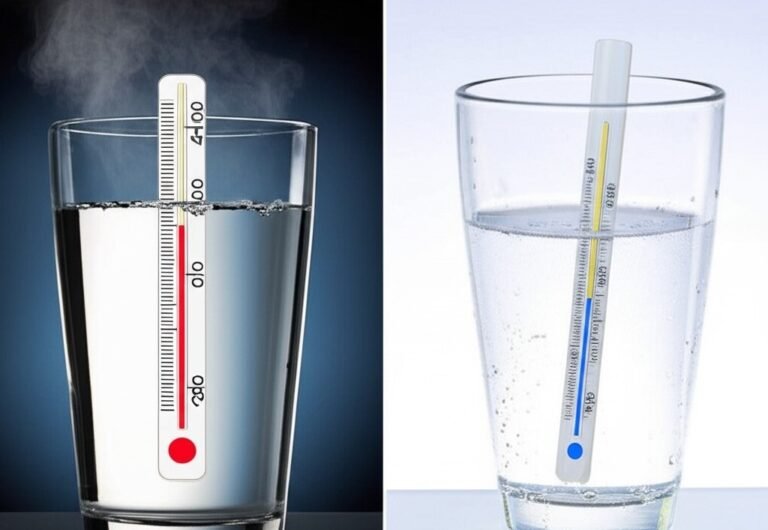Hey there, fellow clean freaks and anyone just trying to dodge the dust bunnies! Today, we’re diving into a super important world of Dust And Your Health. You know, that chore we all love to hate? Well, it turns out, keeping those shelves and surfaces dust-free isn’t just about making your place Instagram-worthy; it’s a big deal for your health too!
What’s the Big Deal with Dust, Anyway?
Picture this: you’re chilling in your living room, and there it is, a layer of dust on your coffee table. It seems harmless enough, right? Just a bit of a nuisance that you’ll swipe away later. But hold on, there’s more to this story. That layer of dust? It’s like a mini-ecosystem in its own right.
You’ve got dead skin cells (yep, the majority of that dust is us!), strands of hair that have gone rogue, pet dander for all the animal lovers out there, and even bits of pollen that have sneakily made their way inside. But here’s the kicker: dust also includes microscopic fibers from our clothes, carpets, and even tiny fragments of plastic from the various items we use daily. It’s a cocktail of everything in our environment, and it’s settling right there on our furniture.
Now, let’s talk about those dust mites. These tiny creatures are practically invisible to the naked eye, but they’re having a feast on this dust smorgasbord. And while they’re harmless in the sense that they don’t bite or sting, their presence and what they leave behind (let’s not get into the details, but it’s their waste) can be a real issue for many of us. These little remnants are a major allergen and can trigger allergic reactions or asthma attacks in sensitive individuals.
The dust in our homes isn’t just inert material. It’s a dynamic mixture that changes daily, influenced by our habits, our environment, and even the weather. With each step, flop onto the couch, or fluff of a pillow, we’re contributing to this indoor dust ecosystem. And while it’s a natural part of our environment, its impact on our health can be significant, especially for those with respiratory issues or allergies.
The Health Hazards of Dust

Allergies and Asthma
For those with allergies or asthma, dust is far from a mere inconvenience. It’s a trigger that can set off a range of uncomfortable, and sometimes serious, symptoms. When people with allergies or asthma inhale dust, their immune systems can overreact, thinking these particles are harmful invaders. This reaction can cause symptoms like sneezing, a runny or stuffy nose, red or itchy eyes, and in more severe cases, difficulty breathing. For asthma sufferers, dust can prompt wheezing, chest tightness, and even full-blown asthma attacks.
Dust mites, tiny creatures that thrive in household dust, are a big part of the problem. They feed on the organic materials in dust, such as skin flakes, and thrive in warm, humid environments – like our beds, upholstered furniture, and carpets. For people allergic to dust mites, exposure to these creatures can worsen allergy and asthma symptoms. It’s not the mites themselves but their droppings and body fragments that are the primary allergens.
Skin Problems
Dust doesn’t just affect our respiratory system; it can also be a skin irritant. For some people, especially those with sensitive skin or conditions like eczema, exposure to dust can cause skin irritation. This irritation can manifest as rashes, itching, or eczema flare-ups. The microscopic particles in dust can easily stick to the skin, and for those with hypersensitive skin, this can lead to discomfort and irritation.
Long-Term Health Concerns
While immediate reactions to dust, like sneezing or itching, are well-known, there’s also a concern about the long-term health effects of dust exposure. Prolonged exposure to household dust can have more serious implications. Some studies have suggested a potential link between chronic exposure to dust and respiratory problems, including chronic obstructive pulmonary disease (COPD) and other lung issues.
There’s also emerging research exploring the relationship between exposure to certain types of dust and the risk of developing certain forms of cancer. While this research is still in its early stages, it highlights the potential risks of long-term exposure to dust, particularly dust containing harmful particles like asbestos or chemicals from household products.
Why Dusting is Your New Best Friend
The Key to a Healthier Home: Dusting is much more than just a task to keep your home looking neat and tidy. It plays a crucial role in maintaining the health and well-being of everyone in the household. By regularly removing dust, you’re essentially reducing the amount of allergens and irritants in your environment. This is particularly important for those with allergies, asthma, or other respiratory conditions. Regular dusting helps to minimize their exposure to triggers and can significantly improve their quality of life.
The Psychological Benefits: There’s also a psychological aspect to consider. A clean, dust-free environment can lead to a more peaceful and stress-free living space. Clutter and dust can subconsciously affect our mood and productivity. When your surroundings are clean and orderly, it can help to create a more calming and enjoyable atmosphere. Plus, the act of dusting itself can be quite therapeutic. It’s a simple, repetitive task that allows you to clear your mind and focus on the moment.
Enhancing Indoor Air Quality: Another significant benefit of dusting is the improvement of indoor air quality. Dust particles can easily become airborne, especially in areas with a lot of foot traffic or during activities like vacuuming. By regularly dusting, you’re helping to keep these particles from circulating in the air you breathe. Cleaner air means fewer pollutants and allergens, which is beneficial for everyone, but especially those with respiratory issues.
Protecting Your Belongings: Regular dusting isn’t just good for your health; it’s also great for the longevity of your belongings. Dust can accumulate on and damage electronics, furniture, and even affect the quality and appearance of fabrics and surfaces. By keeping these items dust-free, you’re not only maintaining their aesthetic appeal but also ensuring their longevity and functionality.
A Step Towards a Cleaner Environment: Embracing dusting as a regular chore is also a step towards a more environmentally conscious lifestyle. Reducing the need for harsh chemical cleaners and sprays, which are often used as a quick-fix for dirty surfaces, means a healthier home environment and less impact on the planet.

Tips for Effective Dusting
- Use the Right Tools: Ditch the feather duster; it just spreads the dust around. Microfiber cloths and damp rags are your BFFs here. They trap and remove dust, not just move it to a new spot.
- Don’t Forget Hard-to-Reach Places: Dust loves to hide. Top shelves, ceiling fans, and baseboards are dust hotspots. A good rule of thumb? If you haven’t dusted it in a while, dust it now.
- Vacuum Regularly: A vacuum with a HEPA filter is a dust-buster (literally). It’s great for floors and carpets, but also for upholstery and curtains.
- Stay Consistent: Make dusting a regular part of your cleaning routine. The more you do it, the less daunting it becomes, and the healthier your living space will be.
- Consider Professional Help: Sometimes, you need to bring in the big guns. Professional cleaners, like Toronto Shine Cleaning, can do wonders for a thorough, deep clean that your home might need.
Dust And Your Health: Dusting for a Healthier You
So, as we wrap up our dust discussion, let’s remember: dusting is more than just a chore on your to-do list; it’s an investment in your health and the quality of your living environment. By regularly wiping away dust, you’re actively working to reduce allergens and improve the air quality in your home. This not only makes your space more inviting but also significantly contributes to your overall health and well-being.
Think of dusting as a form of self-care. Each swipe of the dust cloth is a step towards a healthier, happier you. It’s about creating a space where you can breathe easier, both literally and figuratively. In a cleaner environment, you’re less likely to suffer from allergies or respiratory issues, and you’re also creating a serene and clutter-free space that can positively impact your mental health.
Moreover, a well-dusted home is a reflection of the care and attention you put into your living space. It’s about taking pride in your surroundings and creating a sanctuary that supports your health and happiness.
And for those who’d rather leave it to the pros, remember, our team at Toronto Shine Cleaning is just a click away. We’re here to help make your home not just sparkle, but also be a healthier place for you and your loved ones.



















